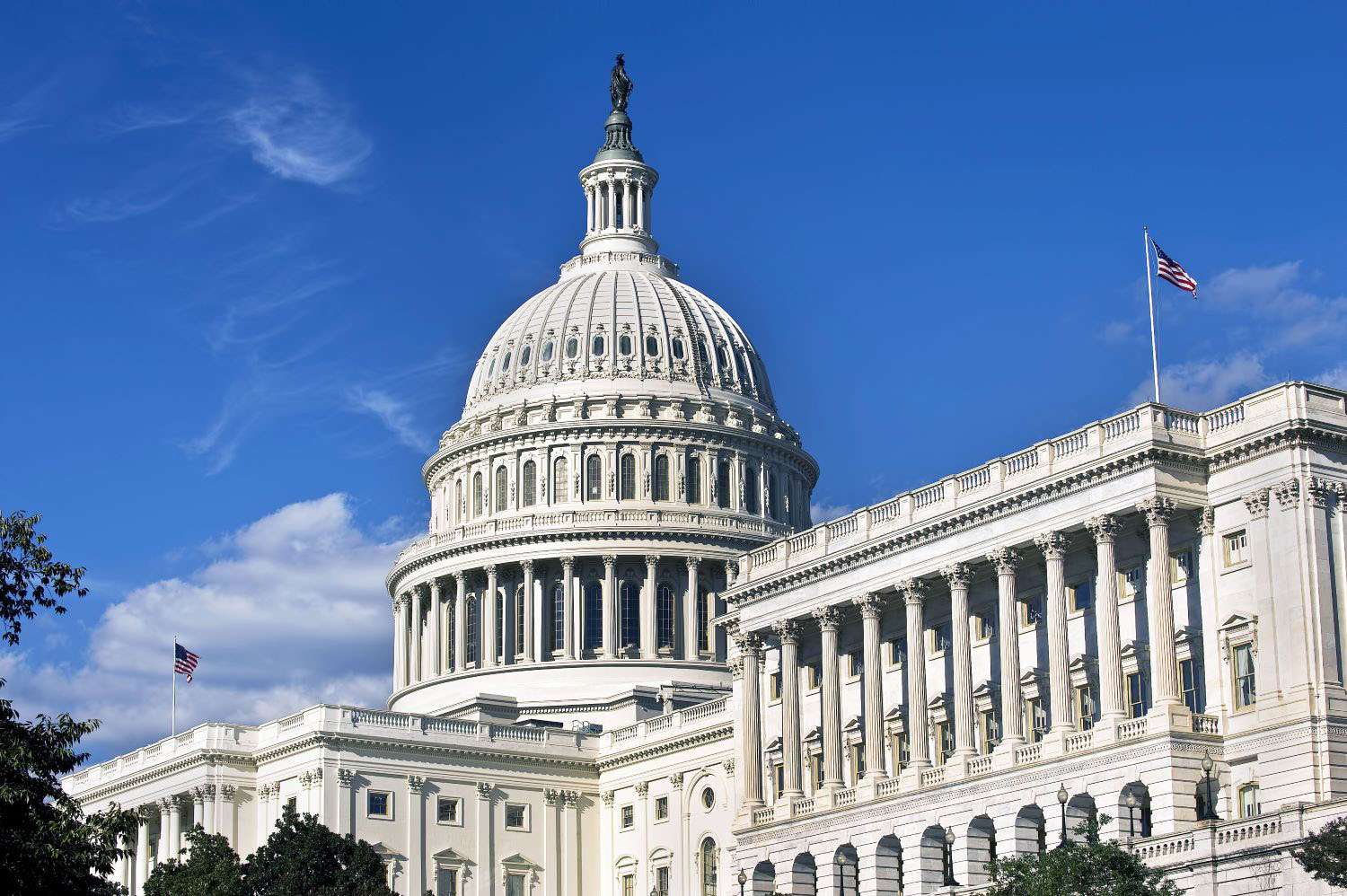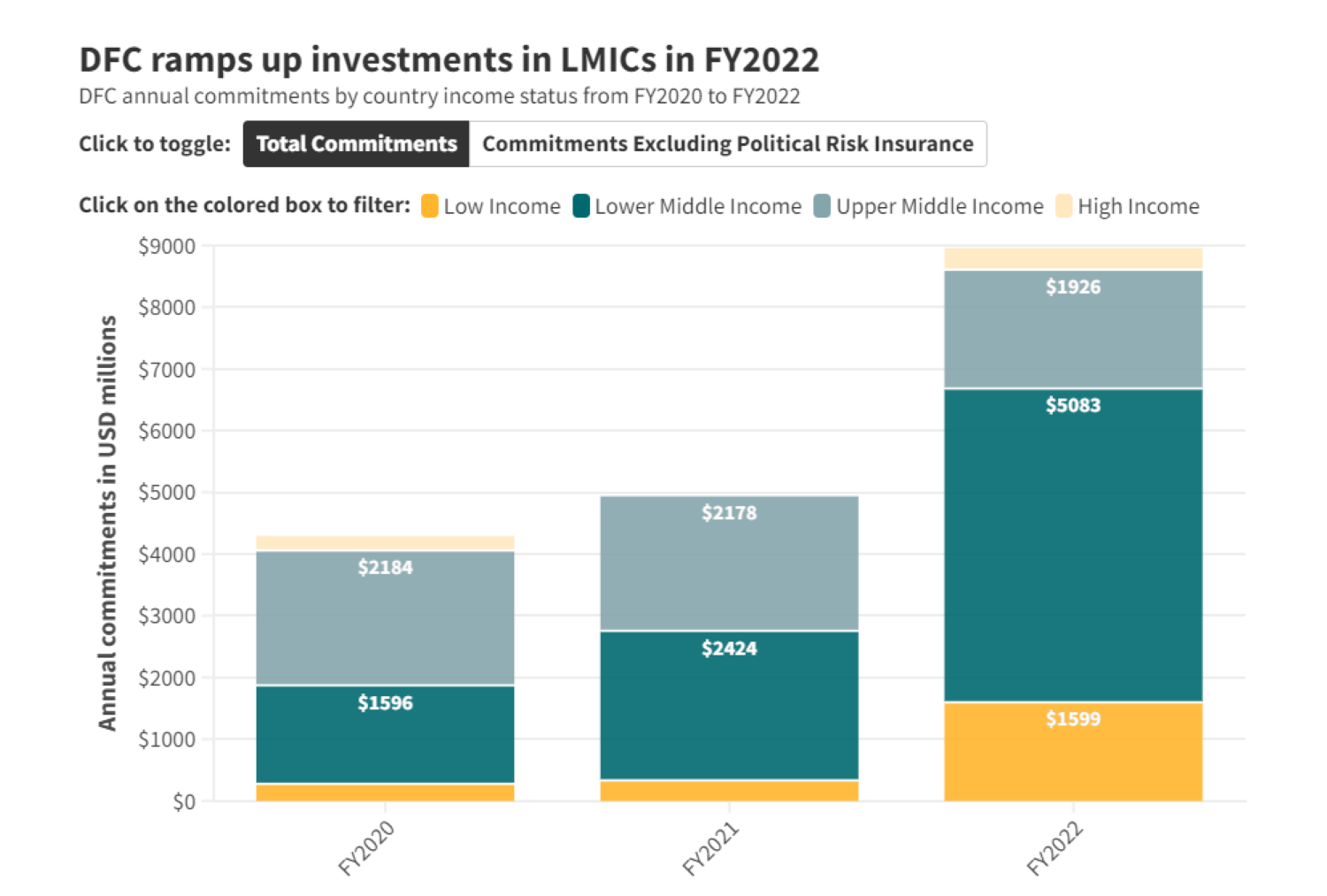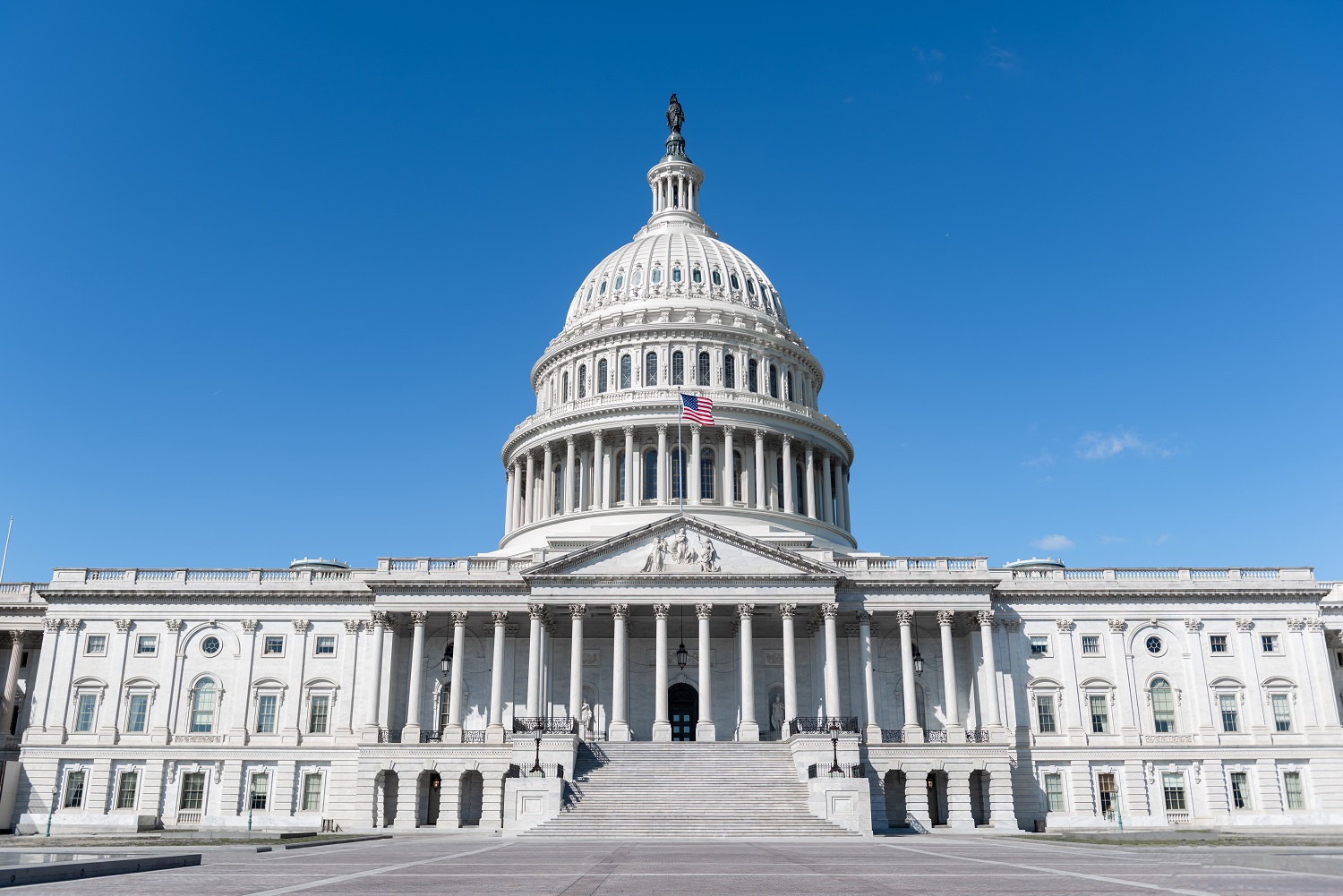FY16 budget hearings are a-coming. And here at CGD, we’ll be listening closely to what Secretaries Kerry and Lew have to say on development issues, as well as USAID Acting Administrator Lenhardt and the heads of other development agencies who might be called up before the appropriations committees in the next few months.
Here are eight questions I hope to hear asked of the administration’s development leaders:
1. The development landscape is rapidly evolving. Partner countries (and their citizens) need American investment—not just American aid. How does this budget request reflect these new realities and how can Congress further support these efforts? Is an unleashed OPIC or a true US Development Finance Corporation needed? More Bilateral Investment Treaties?
2. I recently learned that of the ten countries that received the greatest amount of US FY14 funding for economic growth ($50 million or more), only three had a constraints-to-growth analysis conducted. It seems to me that we may be missing real opportunities to use our aid dollars to foster economic growth. But I’d like to hear from you, when determining the budget request, how are development objectives for each country program reached? And then how are our aid dollars programmed accordingly?
3. Migrating (even temporarily) to pursue employment opportunities in wealthier countries is the best investment the world’s poor can make. And remittances to developing countries dwarf foreign aid flows. How can the administration and Congress do more to leverage the gains from migration for development? Does the US government’s development architecture need a bureaucratic home for migration efforts? Are regulatory tweaks needed to ensure remittances continue to flow? What about piloting a Global Skills Partnership?
4. Does Congress need to pass IMF quota reform?
NB: the answer here is yes, yes, yes, yes, yes and still yes.
5. US contributions to the multilateral development banks are among the most effective development investments we make. Yet, decisions about US contributions to these institutions are effectively siloed from our bilateral aid decision-making processes, as well as choices to allocate resources to other multilateral investments, such as the Global Fund. Should the administration consider a decision-making structure that considers all US aid commitments together?
6. Even as the fight to contain Ebola in West Africa appears to be headed toward success, it’s clear that US and international funding responses will need to be faster for future epidemic outbreaks. Will the United States lead on establishing an international contingency fund for future public health emergencies? And how will this budget request help Guinea, Liberia, and Sierra Leone mitigate the economic effects of the outbreak?
7. Developing countries’ domestic public funds, not aid, will be a critical financing component of development activities in the coming decades. What does this budget request do to help countries on their domestic resource mobilization?
8. With potentially 40 percent more in funding, a large pipeline of countries developing compacts, and an emphasis on speeding up and streamlining certain compact development procedures, what steps will MCC take or continue to take to ensure it continues its commitment to approving only programs that are high-quality, country-owned,and cost-effective? And what steps can MCC take to increase transparency around mid-course changes in programming and how these decisions affect project quality and projected cost-effectiveness?
CGD blog posts reflect the views of the authors, drawing on prior research and experience in their areas of expertise.
CGD is a nonpartisan, independent organization and does not take institutional positions.





